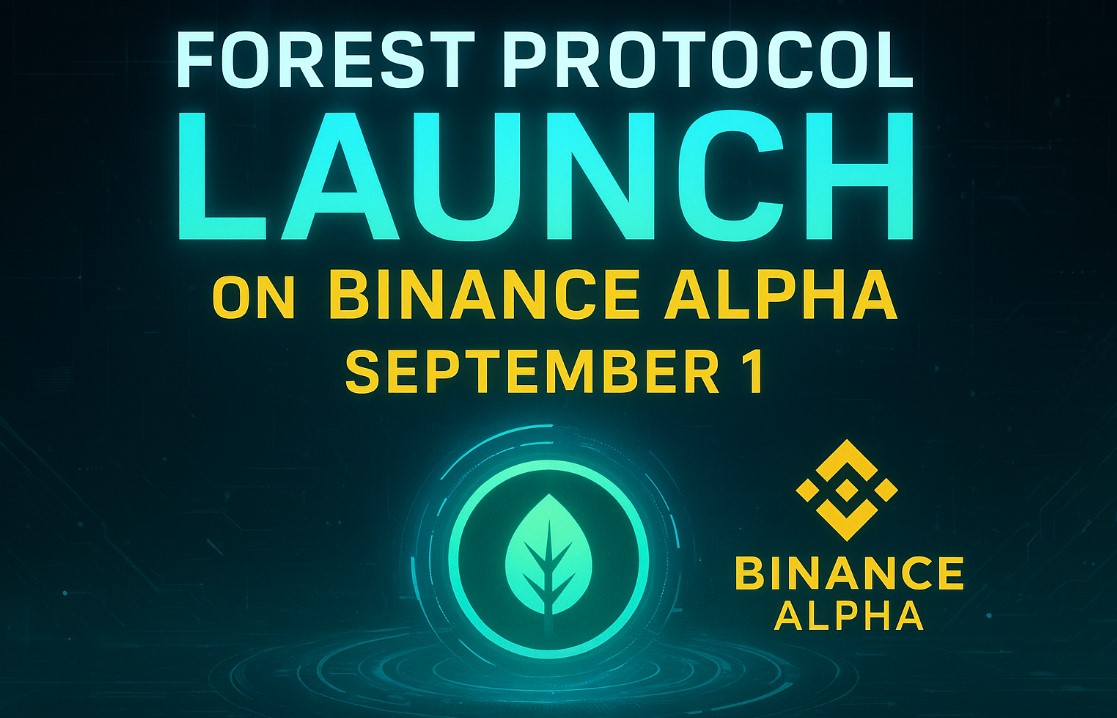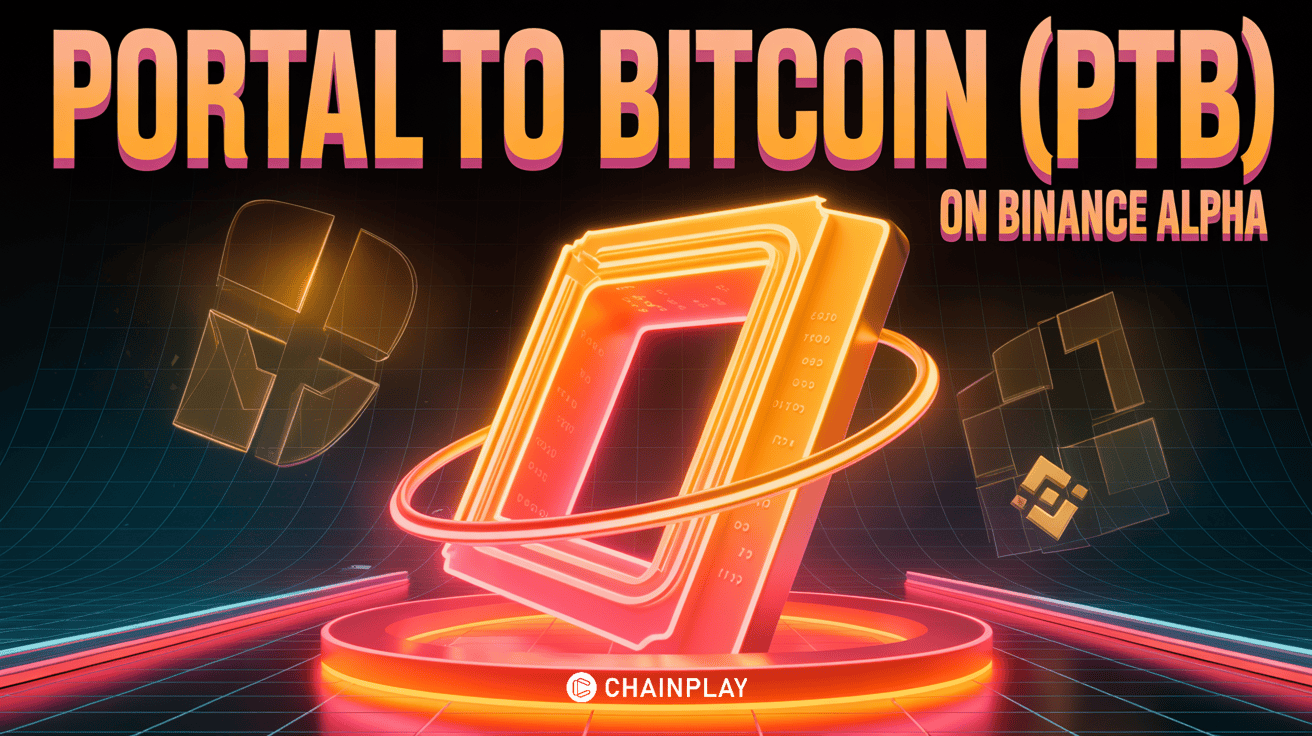News
Every Bank Will Launch a Stablecoin Following GENIUS Act, Says Alchemy CTO
ChainPlay
•
2 months ago
Share :

A new era is coming to the financial world, and it’s powered by blockchain. That’s the view of Guillaume Poncin, CTO of Alchemy, who believes that the GENIUS Act will be the catalyst that finally brings traditional banks into the stablecoin space.
The U.S. Senate’s recent approval of the GENIUS Act has changed the conversation. Until now, major banks have hesitated to enter the digital asset space. Despite growing stablecoin demand, financial institutions waited on the sidelines, citing a lack of regulatory clarity. That hesitation, Poncin says, is now over.
In his recent interview with crypto.news, Poncin said what many had speculated: every major bank in the U.S. is now in a position to launch its own stablecoin. More than that, they’ll also begin operating their own blockchain networks. And it's all happening faster than most people realise.
From Uncertainty to Action
The passage of the GENIUS Act marks a turning point. Banks have long been interested in blockchain’s potential, but compliance and risk departments have been wary. Without clear guidelines, it was too dangerous to dive in.
But with this legislation, that uncertainty is fading. Stablecoins now have a defined path. There are rules for reserves, expectations around audits, and guidelines for protecting consumers. Banks now have the regulatory scaffolding to build upon.
Guillaume Poncin says that this new environment will quickly lead to action. At Alchemy, where he serves as CTO, conversations with financial institutions are no longer about whether to enter Web3. The question is how fast they can make it happen.
Why Banks Want Their Own Stablecoins
Poncin outlines a few clear incentives. First is revenue. When a bank issues a stablecoin backed by U.S. dollars or other assets, it can earn yield on the reserves. At today’s interest rates, that could mean hundreds of millions of dollars per year in new revenue streams.
There’s also the issue of control. By issuing their own stablecoins, banks no longer have to rely on third-party providers like Circle or Tether. They retain ownership over customer relationships, transaction data, and infrastructure. In the long run, that control means more stability and flexibility.
And then there’s the customer experience. Bank-issued stablecoins could enable instant payments, 24/7 settlement, and programmable finance that works within trusted banking relationships. That opens the door for a level of efficiency and utility that traditional systems still can’t offer.
What Happens to Circle and Tether?
With banks entering the stablecoin market, what happens to the current leaders?
Poncin sees a world where both can co-exist. Circle, with its USDC token, has positioned itself as a regulated, transparent player that appeals to institutions and compliance-heavy partners. Tether, on the other hand, plays a very different game. It provides liquidity across global markets with a focus on speed and accessibility.
In other words, they serve different needs. Banks will likely focus on use cases like corporate treasury, regulated institutional flows, and integrations with legacy systems. Circle and Tether can continue to serve crypto-native applications, cross-border remittances, and DeFi integrations.
According to Poncin, the stablecoin market is growing fast enough to accommodate all these players. In fact, Circle’s recent IPO plans support the idea that traditional finance now sees stablecoins as essential infrastructure.
Building Blockchains: A Realistic Next Step
One of the boldest predictions from Poncin is that banks won’t stop at stablecoins. They’ll launch their own blockchain networks too.
This might sound like a technical overreach, but it’s becoming increasingly accessible. Thanks to platforms like Alchemy, banks don’t have to hire massive blockchain teams or build from scratch. With rollups-as-a-service tools, they can deploy Layer 2 networks quickly, securely, and with customizable compliance settings.
Banks may choose different approaches depending on their needs. For large B2B payments or treasury functions, they might prefer operating directly on Layer 1 networks for finality and security. For retail payments or consumer apps, Layer 2s provide low fees, customizable execution, and revenue opportunities.
One notable example is Coinbase, which launched its own Layer 2 chain called Base. That product now generates over $200 million per year. Banks are watching closely — and taking notes.
The Case for Ethereum
Poncin’s prediction is also bullish for Ethereum. Even if banks build their own Layer 2s, those networks will most likely settle back to Ethereum. That’s because Ethereum has the most established security model, the deepest developer ecosystem, and the highest trust in the Web3 space.
Layer 2s allow for scalability and customisation, but the foundation still relies on Ethereum. This creates a powerful incentive for banks to adopt Ethereum-compatible architecture and standards.
Making Interoperability Possible
But if every bank builds its own chain, how do they talk to each other?
Interoperability is the next big hurdle. According to Poncin, the tools already exist. Cross-chain messaging, atomic swaps, and shared sequencer models are all making it possible to move assets and data between chains without delays.
In this new environment, we could see a version of SWIFT, but for blockchain. It would allow stablecoins and digital assets to move between bank-issued networks in real time. Unlike today’s banking system, there would be no waiting three days for international wires to clear. Settlement would be trustless and nearly instant.
Alchemy’s Role in the New Financial Stack
So what exactly does Alchemy do?
Alchemy provides the infrastructure layer. It helps banks and developers interact with blockchain systems without having to manage the technical complexity themselves. Poncin describes it as the AWS for Web3, a one-stop shop for nodes, wallets, rollups, indexing, and monitoring.
Their tools allow banks to launch products faster, stay compliant, and scale safely. Alchemy already powers giants like Circle, Coinbase, and Visa. Now, as more banks look to enter the space, they’re turning to Alchemy for infrastructure that works.
After the repeal of SAB 121, which eased crypto accounting rules for U.S. banks, Poncin says interest from financial institutions spiked overnight. These banks aren’t just curious anymore. They’re moving fast.
A New Financial Era
The GENIUS Act’s passage signals a fundamental shift in how the U.S. approaches stablecoins and digital finance. Stablecoins are no longer fringe products. They’re becoming regulated financial tools. Banks are recognising this and adapting.
For decades, banking infrastructure has lagged behind in terms of settlement speed and programmability. Blockchain now offers an upgrade path, and banks have the green light to take it.
Poncin’s vision is straightforward: a future where every major bank issues its own stablecoin and operates a blockchain network tailored to its customers’ needs. That future is no longer speculative. It’s becoming a reality.
Final Thoughts
The conversation around stablecoins and banking has changed dramatically in just a few months. With regulatory clarity, better infrastructure, and growing consumer demand, traditional finance is finally stepping into Web3.
For customers, this could mean faster payments, smarter money, and banking products that work around the clock. For developers and infrastructure providers like Alchemy, it means the biggest opportunity in decades. For banks, it means evolution is no longer optional, but the next step. As Poncin puts it, the question isn’t if. It’s how fast.
Share this article
#Other
Latest News

Forest Protocol (FOREST) Airdrop: Official Binance
2 hours ago

Portal To Bitcoin (PTB) To Launch Exclusively on Binance
yesterday

Base On-Chain Sports Prediction Game, Football.fun,
yesterday

Pepeto Price Prediction, Can This Ethereum Memecoin
yesterday

Why are Whales Choosing to invest in this Memecoin,
yesterday
Related articles

Football.fun, a new on-chain fantasy prediction football game, has gone viral after its launch on the Base platform, gaining massive attention from users. Football.fun has caught the attention of football and crypto enthusiasts for its innovative fusion of football fandom, player ownership, and profitable gameplay.
ChainPlay
•
yesterday

Binance Wallet has announced that on September 3, Binance Alpha will be the first platform to support Portal To Bitcoin (PTB), a trust-minimized protocol designed for fast, secure atomic swaps between Bitcoin and other blockchain assets.
ChainPlay
•
yesterday

Binance, the leading crypto exchange in the world, has announced that Forest Protocol (FOREST) will be the 36th token generation event (TGE). PancakeSwap will facilitate the launch of FOREST on the Binance Wallet on September 1, 2025. As part of the TGE, there will be an exclusive Binance Alpha airdrop event for FOREST.
ChainPlay
•
2 hours ago



